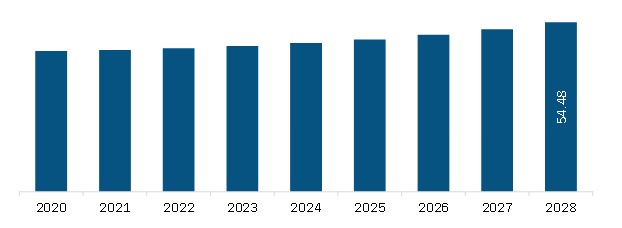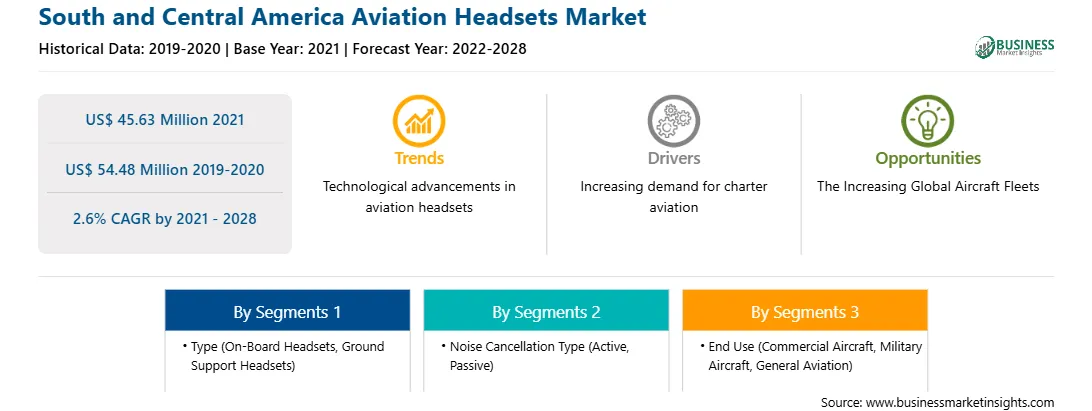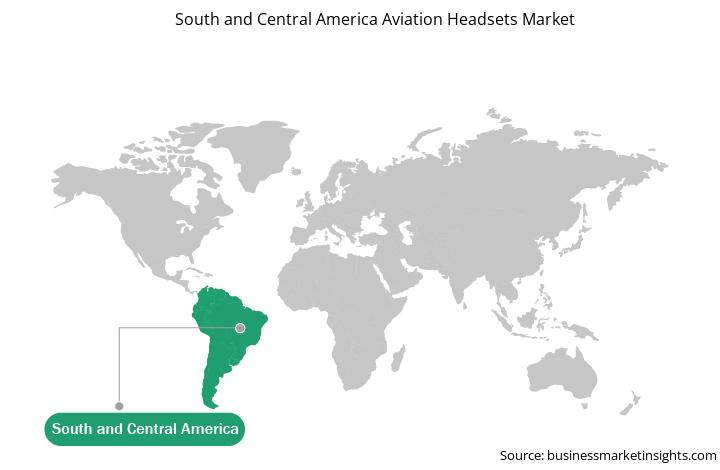Technological advancements such as the implementation of different types of noise cancellation technology such as active noise cancellations that allow the user to block all the other external noises. Also, passive noise cancellation technology allows the user to access clear voice through the headsets while blocking the external voice through countered sound frequencies. To combat the harmful high-frequency noise that cannot be controlled by other means, ear protection must be used. Plus, without ear protection, excessive airport noise can also reduce productivity and interfere with communication. The aviation industry has made many advancements in headset technology to ensure the safety and wellbeing of ground crew by creating wireless Bluetooth headsets that not only protect the workers’ ears from loud noises but allow workers to effectively communicate with each other on the ramp. Moreover, the adoption of new technologies such as HMDs with helmets for military applications have also witnessed technological advancements such as inclusion of headsets in the helmets for easy military operations.
Brazil has the highest number of COVID-19 cases, followed by Peru, Chile, Colombia, and Ecuador, among others. South America's government has taken an array of actions to protect their citizens and contain COVID-19's spread. Brazil is the largest spender in the aerospace industry and is the only modern aircraft manufacturing country in the region. Owing to this, the demand for components and aircraft related systems and technologies is at an all-time high in the country. In addition, the majority of the components are imported from the US, China, and South and Central America an countries. The slowdown in aviation headset production in the country has impaired the supply chain in Brazil. This has weakened the demand for aircraft components, such as engines, airframe, avionics, and other components. Thus, the outbreak of COVID-19 has had a harsh impact on the South American aviation headsets market, especially in Brazil.
With the new features and technologies, vendors can attract new customers and expand their footprints in emerging markets. This factor is likely to drive the South and Central America aviation headsets. The South and Central America aviation headsets is expected to grow at a good CAGR during the forecast period.

Strategic insights for the South and Central America Aviation Headsets provides data-driven analysis of the industry landscape, including current trends, key players, and regional nuances. These insights offer actionable recommendations, enabling readers to differentiate themselves from competitors by identifying untapped segments or developing unique value propositions. Leveraging data analytics, these insights help industry players anticipate the market shifts, whether investors, manufacturers, or other stakeholders. A future-oriented perspective is essential, helping stakeholders anticipate market shifts and position themselves for long-term success in this dynamic region. Ultimately, effective strategic insights empower readers to make informed decisions that drive profitability and achieve their business objectives within the market.

| Report Attribute | Details |
|---|---|
| Market size in 2021 | US$ 45.63 Million |
| Market Size by 2028 | US$ 54.48 Million |
| Global CAGR (2021 - 2028) | 2.6% |
| Historical Data | 2019-2020 |
| Forecast period | 2022-2028 |
| Segments Covered |
By Type
|
| Regions and Countries Covered | South and Central America
|
| Market leaders and key company profiles |
The geographic scope of the South and Central America Aviation Headsets refers to the specific areas in which a business operates and competes. Understanding local distinctions, such as diverse consumer preferences (e.g., demand for specific plug types or battery backup durations), varying economic conditions, and regulatory environments, is crucial for tailoring strategies to specific markets. Businesses can expand their reach by identifying underserved areas or adapting their offerings to meet local demands. A clear market focus allows for more effective resource allocation, targeted marketing campaigns, and better positioning against local competitors, ultimately driving growth in those targeted areas.

Companies Mentioned -
The South and Central America Aviation Headsets Market is valued at US$ 45.63 Million in 2021, it is projected to reach US$ 54.48 Million by 2028.
As per our report South and Central America Aviation Headsets Market, the market size is valued at US$ 45.63 Million in 2021, projecting it to reach US$ 54.48 Million by 2028. This translates to a CAGR of approximately 2.6% during the forecast period.
The South and Central America Aviation Headsets Market report typically cover these key segments-
The historic period, base year, and forecast period can vary slightly depending on the specific market research report. However, for the South and Central America Aviation Headsets Market report:
The South and Central America Aviation Headsets Market is populated by several key players, each contributing to its growth and innovation. Some of the major players include:
The South and Central America Aviation Headsets Market report is valuable for diverse stakeholders, including:
Essentially, anyone involved in or considering involvement in the South and Central America Aviation Headsets Market value chain can benefit from the information contained in a comprehensive market report.